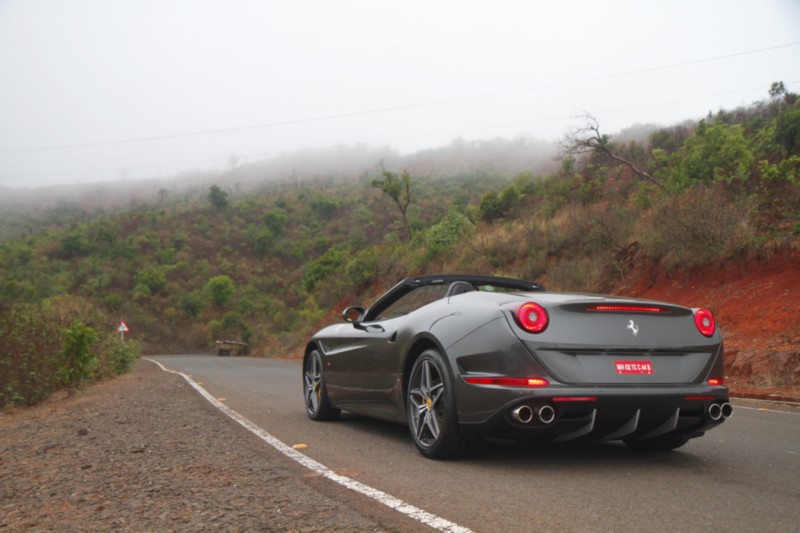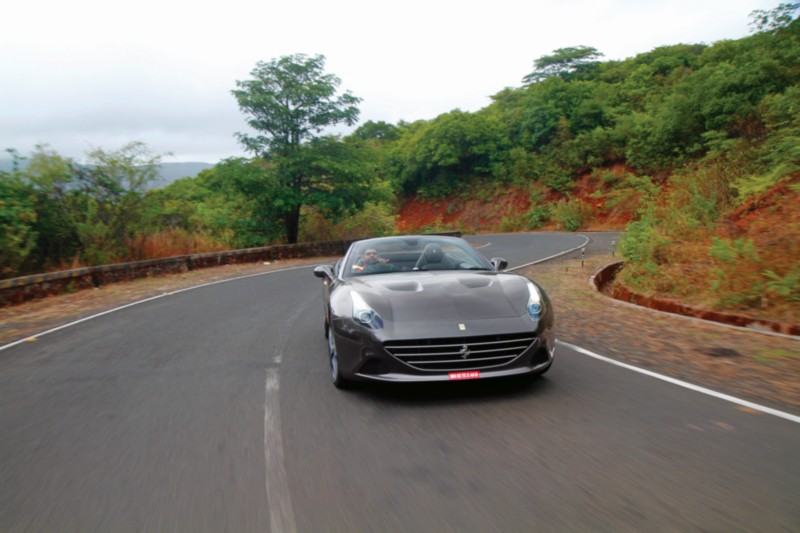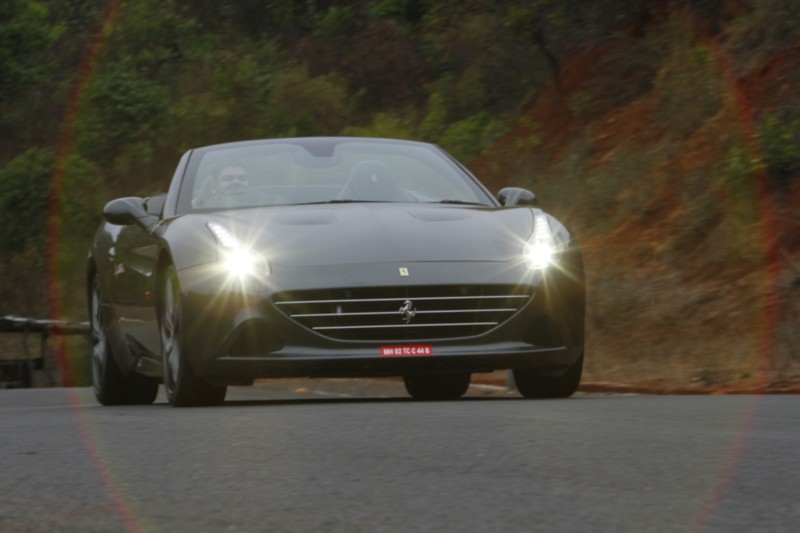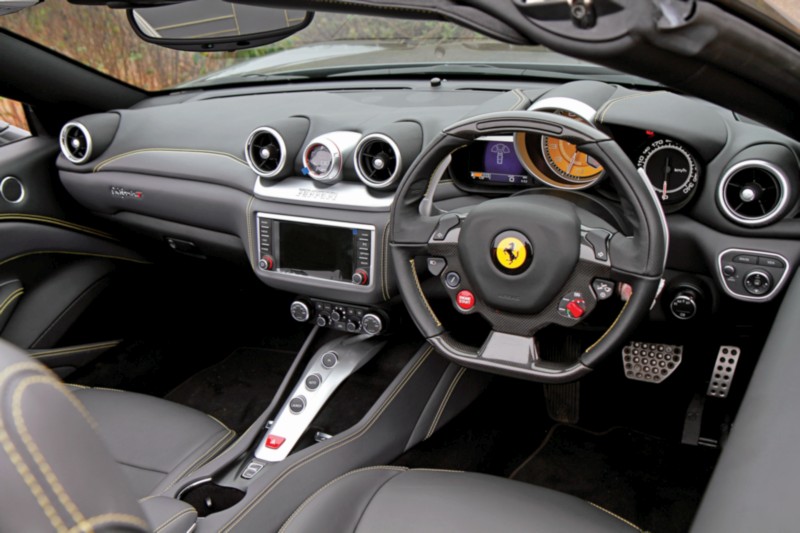Ferrari’s roadster gets a turbo V8. Have they worked their magic enough to deliver that quintessential Italian flavour in a modern-day package?
Story: Jim Gorde
Photography: Sanjay Raikar
All the leaves are brown. And the sky is grey. I’m praying it doesn’t rain. That’ll allow me to keep the top down all the way. That’s what a roadster is meant for, isn’t it? Well, most of the time, anyway. When you have a V8 from Italy with the symphony they’re known for, the weather doesn’t always have a say.
This is the California T from Ferrari, and it replaced the California from 2009, the one with a naturally-aspirated 4.3-litre V8. Yes, if you haven’t guessed it yet, the ‘T’ is for ‘turbo’. One drive is really enough for it to rewrite what you’ve learned in kindergarten, too. Honestly, it doesn’t matter. The whole deal — downsizing, turbocharging, emissions — is all part of the world we live in and times change. It may alter perception of many cars, but not for everyone. No. Some examples from some car-makers are beyond that. And Ferrari cars have an aura that seems to evoke excitement in pretty much anyone who lays eyes on them.
Their very name is something coveted for many, and from the time they’re children. I myself grew up with a huge poster of an F40 — which arrived merely four years after I did — on my wall. Soon after, it was joined by a collage: the 288 GTO, the Testarossa, the 275 GTB/4, from different angles. There’s just something about the prancing horse. There really is.
The California T then was the first modern-day Ferrari to adopt turbochargers again. Not since the F40, and the 288 GTO before that, did Ferrari have blowers on their V8s. The last one, 30 years ago, was a 2,936-cc monster that put out close to 480 PS. That car has paint so thin you could see through it. No carpets, no driver aids and not much else, too. What it had was speed — 201 mph (323 km/h) of it. This ‘T’, though, makes their evolution tangible. You can feel what’s changed. Well, everything’s changed, hasn’t it?
‘Sport-luxury’ is a term best applied to Ferrari. There’s fine material, tailored carpeting, carbon-fibre trim, thick paint coated with anti-depressants — for itself and the owner — and a lot more power. You see, the engine in this smallest of Ferraris of today is still larger than what the F40 had, at 3,855 cc. And, with the twin-scroll turbocharging blowing more life into it, it puts out 560 PS — and these are thundering Italian thoroughbreds, mind you — along with a V12-smothering 755 Nm of torque. Yet, the excitement doesn’t come merely from the prodigious power output.
Every line, every crease, every stitch and cut in the interior, essentially every detail is meant to complement the feeling and add to the essence of full-power motoring. The wide front grille swallows every molecule of air that stands in its way, feeding it to the intakes which dominate the forward half of the under-bonnet area. The gills, the vents, and the shapely curves leading to the voluptuous rear are all present to add chorus when the powertrain and traction create their soundtrack.
This is a 2+2 grand tourer. Forget the plus two, that’s for the children, dogs or bags. Focus is clearly on the driver and that loaded steering wheel tells you just that. It’s a special feeling — seeing a manettino dial on the wheel of the car you’re driving; especially after watching Kimi Raikkonen fidgeting with dials around his steering wheel at speed during a Grand Prix. Even so, fidgeting around on the steering wheel is the last thing anyone should be doing in Indian traffic conditions, unless you’re on a lonely mountain road, like we were.
Get in, finish admiring the dark leather with contrast yellow stitching, then the prancing horse logo on the steering wheel, and it’s time to get on. Foot on the brake. Tap the ‘Auto’ button on the centre console. Pull on the right paddle behind the wheel. And go!
























Leave a Reply